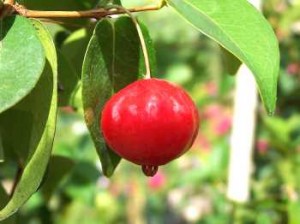 A new government approved study at the Kalakkad Mundanthurai Tiger Reserve (KMTR), has found out that around 58 species of medicinal plants found in the Western Ghats are threatened and can become extinct if strict laws and conservation efforts are not made to save them.
A new government approved study at the Kalakkad Mundanthurai Tiger Reserve (KMTR), has found out that around 58 species of medicinal plants found in the Western Ghats are threatened and can become extinct if strict laws and conservation efforts are not made to save them.
The plant Korandi Palam, Eugenia singampattiana, with small orange fruits is a good cure for diabetes with its bark and fruit used in traditional medicine. But this evergreen tree along with 57 other species of plants that are medicinally important, may soon be all gone according to a new study.
The study was conducted by chief conservator of forests (Coimbatore), Manoj Kumar Sarkar. He said the major reasons for the threat of extinction of these plants is,
- Fires
- Timber Extraction
- Tea Plantation
- Reservoirs
- Private Enclosures
What is also threatening the plants is destructive harvesting and tourists or pilgrims entering the eco-sensitive areas.
“In the absence of laws or policies, indiscriminate collection of plants from forests cannot be considered an offence,” opined Sarkar.
He said that only one species of plant found here namely lady’s slipper orchid was protected. None other of the 57 species he observed, were protected by the Convention on International Trade in Endangered Species of Wild Fauna and Flora (CITES), the Indian Wildlife (Protection) Act, 1972, or other national or state legislations.
Sarkar has recommended that all 58 species be brought under the plant schedule of the Wildlife Protection Act or Biological Diversity Act, 2002.
Globalisation has increased the demand for herbal based medicines throughout the world and in the absence of any protection laws it is relatively easy for anyone to wipe out the entire forest without any legal hassles.
The sector is highly unorganised believe experts with 85 percent of the herbal medicine fodder coming from forests and reserves.
“Monitoring them is not an easy task. The government has to work with local people and come up with sustainable means of harvesting,” said Care Earth managing trustee Dr R J Ranjith Daniel.
The study found 772 medicinal species which are predominantly used in Ayurveda, Siddha, Tibetan, Unani, Homeopathy and allopathy in the KMTR. India being the birthplace of herbal medicine, surely there are other forest regions in the country where the same obliteration of medicinal plants is in progress. If some strict law is not made sooner, the plants and their ecological as well as economical value will be lost forever.
More Related Stories,
Tree that helps Treat Cancer Pushed Towards Extinction
Researchers Discover New Plant Species in Kerala
Karnataka Launches Major Afforestation Scheme





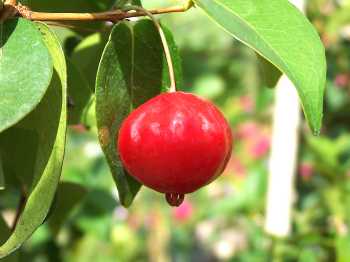
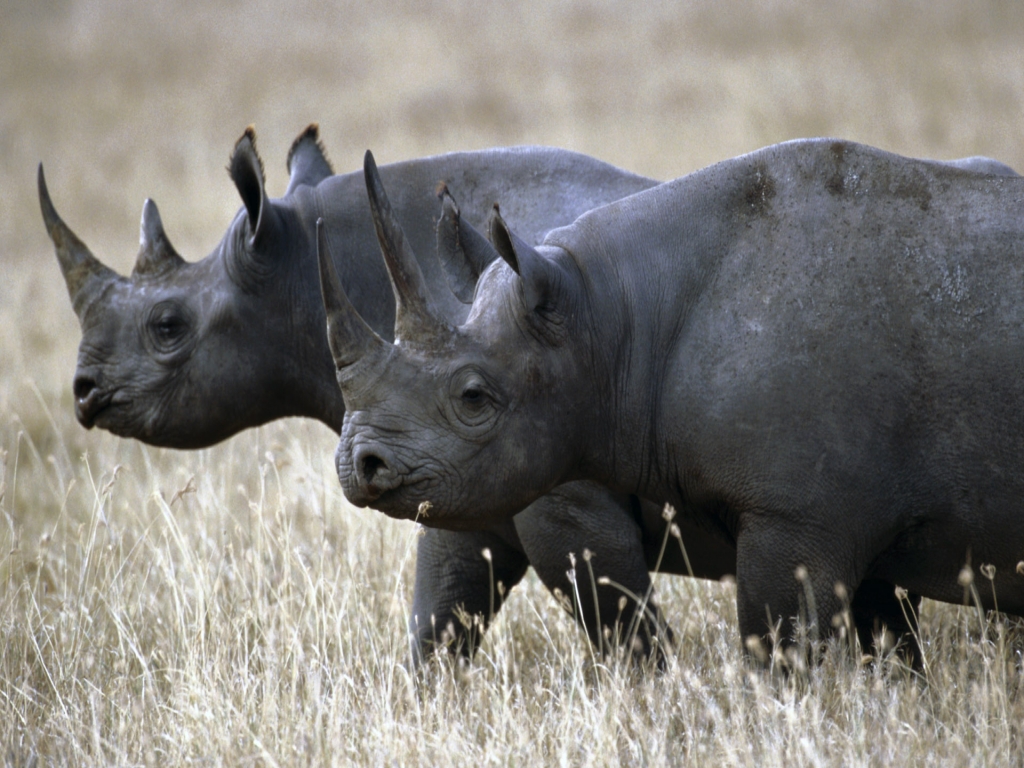

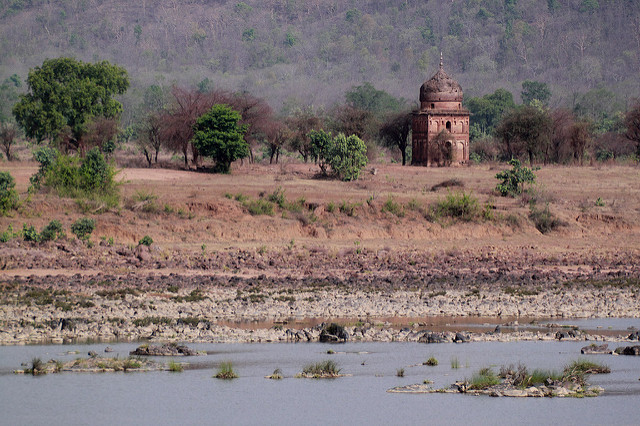
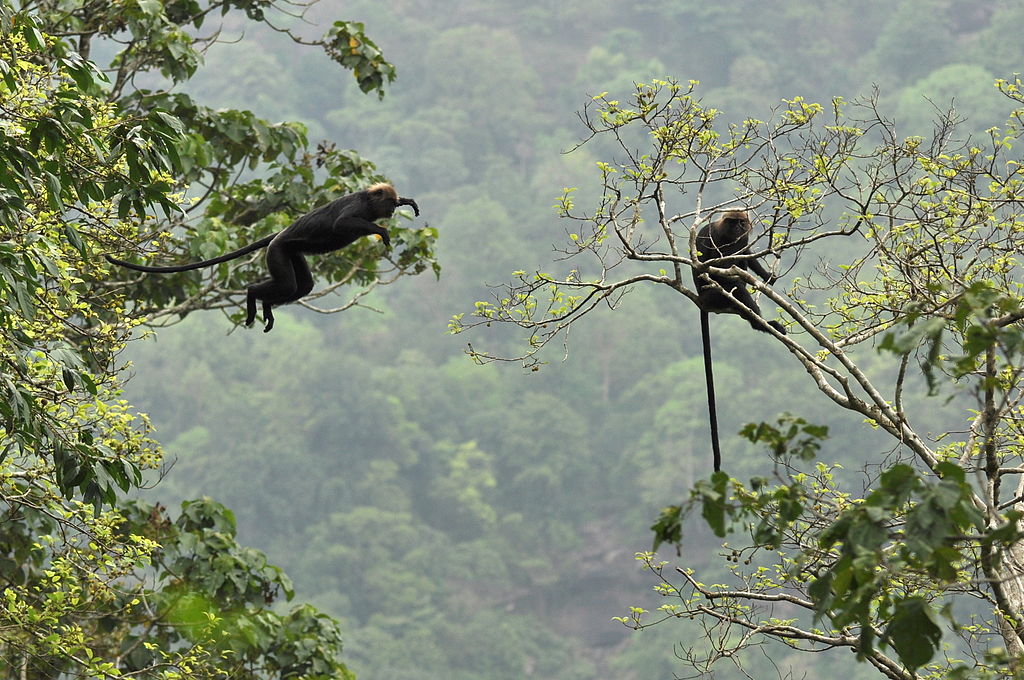
Hello. I am coordinating a large bio-diversity project in coordination with military authorities in Nashik for endangered flora of Western Ghats. I need help to source as many diverse tree and shrub species as possible. The advantage of the project is in the inherent protection it will have in a military station. I will off course need advice too. Can someone help me in this regard?
Hi, I am interested to work with you and your team
Can you help me…
Thank you for contacting us Dr. Lingayya. Do let me know how you would like to help or contribute. You can reach me through my mail atulagupta@indiasendangered.com Thank you.